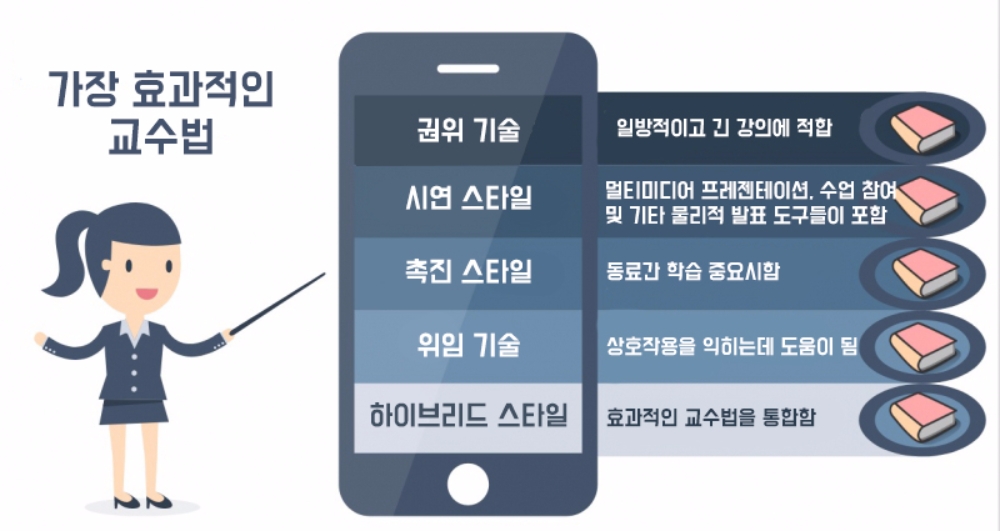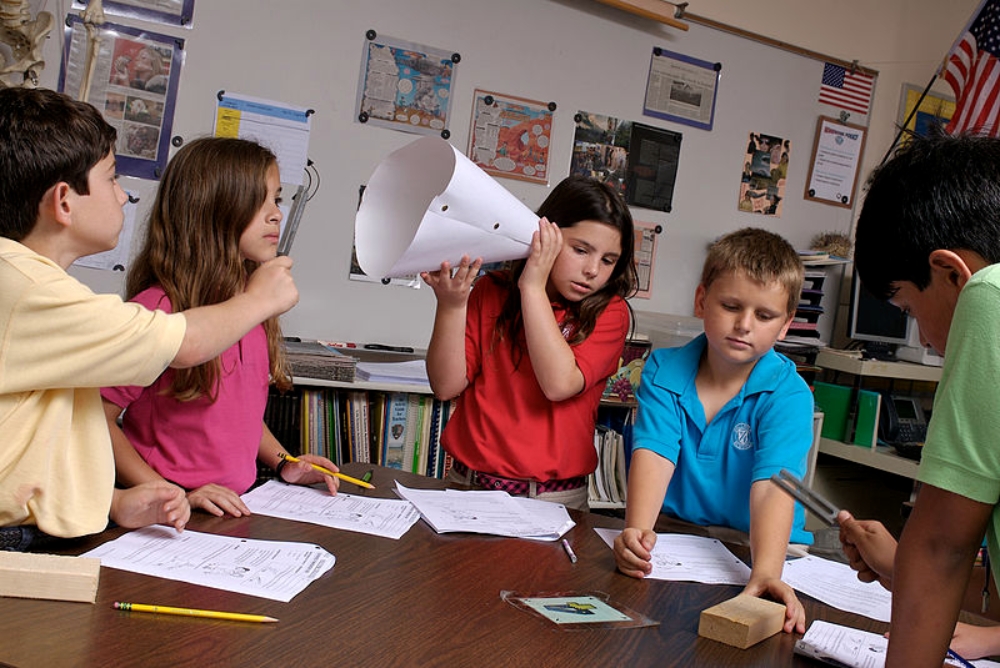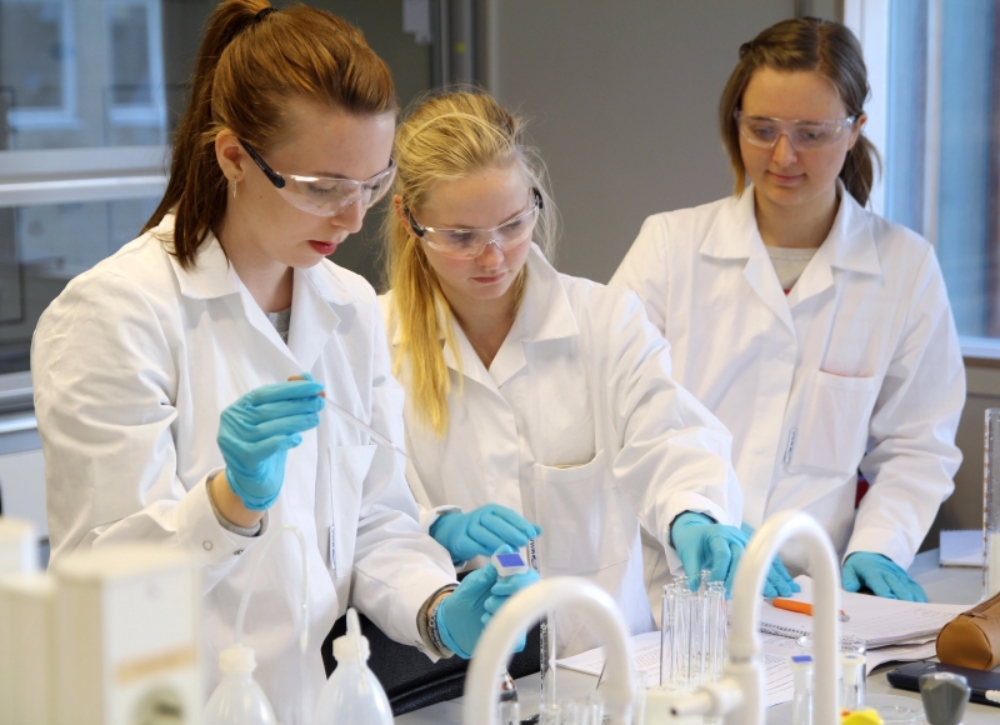 ▲ Photo Source: Flickr
▲ Photo Source: Flickr
There are many teachers in the world, and the ways of teaching are also very different. Even in school denominations, finding the same kind of teaching method is very difficult. However, there are obviously standard methods that are widely applicable to many people. This standard pedagogy has a variety of sub-skills and influences students in different ways. Regardless of what teaching method you choose, proper use is of utmost importance for proper learning. "Effective teaching helps us engage students in the learning process and develop critical thinking skills," says Eric Jill, a professor at Conchlia University. There are obviously useful teaching methods, but teachers have to decide for themselves how to use the tools. You should also have a good understanding of the impact of teachers' flexible attitudes and ways of thinking on students. From now on, I introduce five effective teaching methods that are effective today. 
1. Teachers who use 'Authority Technique' techniques have long and one-sided explanations or lectures on specific pre-specified topics. Lectures are usually held in traditional classrooms, auditoriums, and auditoriums. Authoritative techniques are considered to be the most popular way among many teachers and instructors, and as a quick way to communicate knowledge in a focused way. "This style is suitable for use in auditorium environments with some higher education and large student groups," says Eric. However, it is true that the position of this technique is getting smaller. One of the reasons is that proper interactions between teachers and students are impossible. This problem means that the student's academic needs are not properly met in any way, which in turn has the disadvantage of diminishing the student's concentration and even making him indifferent to the class. 2. "Demonstrator Style" classes, as well as "authority skills", keep the boundaries between teachers and students clear within the classroom. However, there is a difference between using various educational tools rather than simply dictating in the language. As the name suggests, this technique requires a 'tool'. This may include multimedia presentations, class participation, and other physical presentation tools. "The teaching method is especially suited to music, arts and physical education," said Innova Solutions Network. We help them fully understand the topic through demonstration. " Encouraging students to participate in learning, but interaction between students and teachers is still very limited.  ▲ Photo Source: Wikimedia
▲ Photo Source: Wikimedia
3. "Facilitator Style" is a technique that involves more activities in class, and teachers adopting this style of teaching generally consider 'peer learning'. The teacher encourages students to ask questions rather than answer them. "Teachers who use facilitative styles encourage their own learning and help students develop critical thinking skills and maintain their knowledge of self-realization," says Eric. In this way, students can experience various learning activities that promote self-discovery. While peer interaction is obviously a great advantage in learning, there is a concern that the learning speed may be slowed by personal interaction between the teacher and each student. 4. The 'Delegator technique' is best suited for courses that require group work and peer collaboration. As a mandator, the teacher's work is to group students, assign roles, and observe the interaction and progress of each group. "Mandated instruction is best suited to a curriculum that requires laboratory activities, such as chemistry and biology, or to subjects that require peer feedback, such as controversy and creative writing," Eric explains. Delegation technology has the advantage of enhancing the level of interaction among students and enabling them to collaborate towards common goals. This kind of teaching, however, is characterized by its commitment to its role as a consultant, not as an authoritative teacher.  ▲ Photo Source: Flickr
▲ Photo Source: Flickr
5. Hybrid Style, known as the hybrid approach, takes an integrated approach to learning. This is a balanced method of integrating effective teaching methods. Appropriate teaching methods for the curriculum are known in a way that is in harmony with the teacher's personality, interests, and student needs. "Using hybrid technology, teachers can integrate knowledge of extracurricular activities to develop in-depth knowledge of a specific subject, and can customize it to various students," Inova said. Hybrid style has the advantage of balancing all the details of the lecture in order to provide consistent teaching. However, it is pointed out that it is a disadvantage that teachers ask for excessive dedication and effort. Teachers have to work to meet the various needs of the students and various learning levels, so they sometimes have to take the weakness of less effective and less effective.
![[Parenting] Five teaching methods for effective teaching of students parenting five teaching methods for effective teaching of students](https://moontore.com/wp-content/uploads/2019/02/parenting-five-teaching-methods-for-effective-teaching-of-students-1200x700.png)


